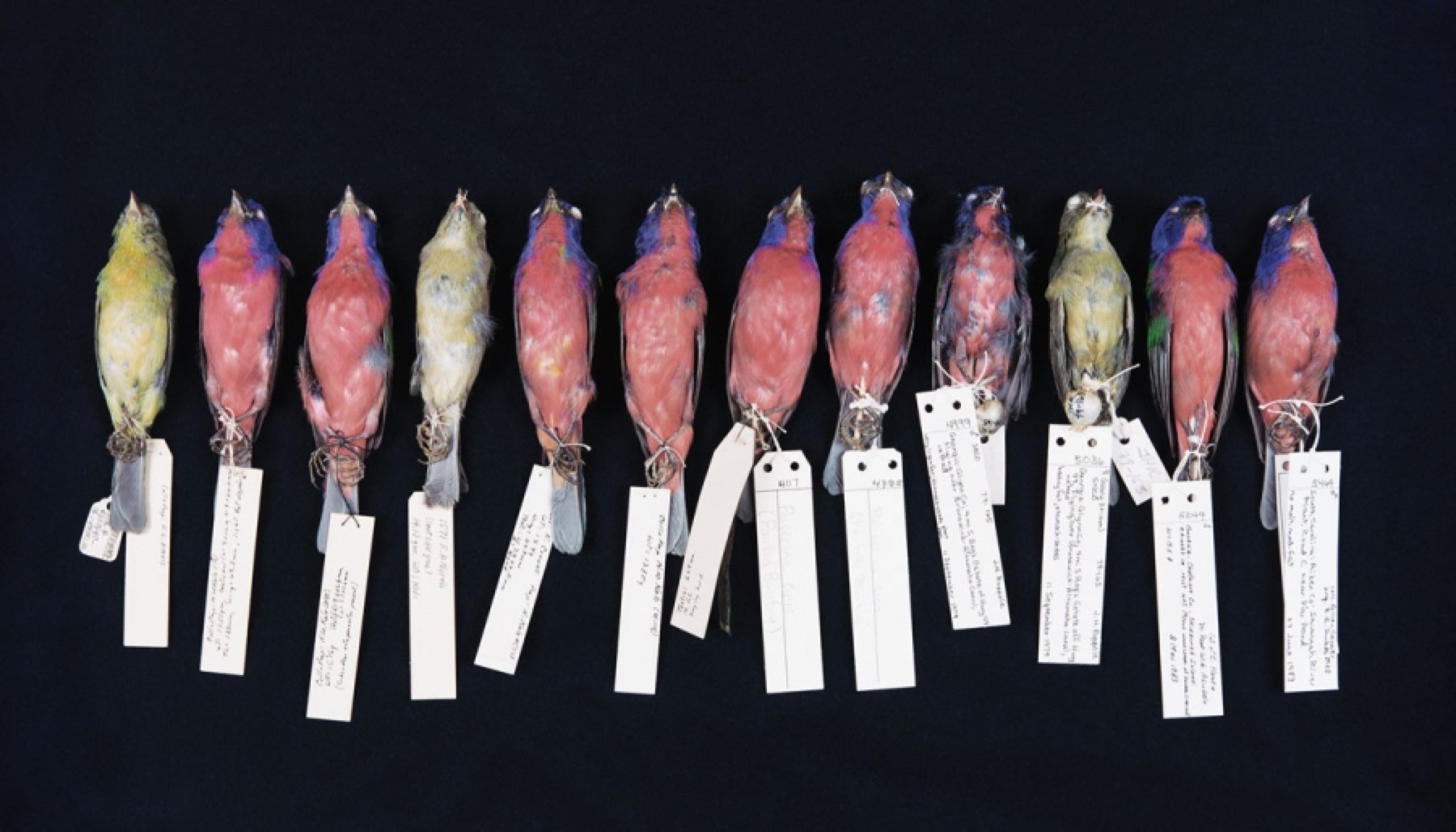
American Goldfinch
By William Caverlee
I took down my bird feeders today after coming home to find a neighbor’s cat on the doorstep eating a goldfinch. The calico is familiar to me, mother of half the stray cats in the neighborhood, while her erstwhile husband is a muscular, war-weary, aging, orange tabby named Pumpkin, known for mauling his sons, for driving them from their mothers and homes, while he, homeless, full of guile and violence, is oblivious, except during the rut, to any female in the neighborhood, to any living being for that matter, feline or otherwise, but scornful in particular to the calico on my doorstep. They’re like a long-divorced couple, their battles ancient history, who’ve been through more lovers than they can count, but who can still summon, when the moment’s right, a spitting bright snarl of pure hatred. The calico, whom I’ve been chasing from my yard for years, doesn’t so much stalk her prey as lie in wait, motionless, under my house or under a bush, patient, lethal, impossible to blame, since the force that draws her here is the same force that draws the goldfinch, chickadee, titmouse, house finch, or downy woodpecker to my sunflower seeds, in tubular feeders hanging from eave and roof. The calico’s killing of the goldfinch I thus underwrite and assist: all of it, the prowling cats, the rats who come to scavenge the sunflower leavings, the ingenious squirrels, the county-sized, industrial sunflower farms in Minnesota and North Dakota, creating God knows what eco-disturbances, river runoffs, changes in migratory patterns, avian arterio-sclerosis, even the scummy blue-green iridescent mold, shimmer-coating the seed hulls beneath the feeders, which cause my foundations to rot year by year. All this then, is mine, set in motion, deemed fair payment for a slash of gold in a window’s moment.
Enjoy this story? Subscribe to the Oxford American.

